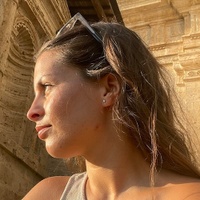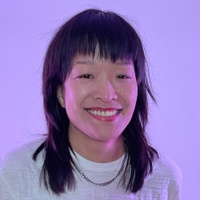On following rabbit holes
Prelude
Will Warasila is an American photographer who focuses on long-term documentary projects concerning the environment, particularly the slow violence wrought by corporate and political structures. Gnomic Book published his first monograph, Quicker than Coal Ash, in late 2022. Before moving to Montana, Warasila lived in his home state of North Carolina, where he earned an MFA in Experimental and Documentary Arts from Duke University; before that, he lived and worked in New York City for several years.
Conversation
On following rabbit holes
Photographer Will Warasila discusses the responsibility of a photographer, the value in working slowly, and the power of creating your own opportunities.
As told to Caitlin McCann, 2518 words.
Tags: Photography, Process, Money, Collaboration, Focus, Inspiration.
Tell me about your new curatorial project Strata Editions. What’s the story?
Basically since I moved from New York back to North Carolina for grad school, I wanted to publish a book and be a part of the independent book publishing community. I was able to publish the work that I made in grad school with Gnomic Book. But in the back of my mind, I wanted to learn from the process and then try to start my own imprint.
After working with Gnomic, I realized you need so much more knowledge, and a lot more skills than I have to accomplish that. I started adjusting my idea by asking, “What would a public-facing photo space look like?” Then I came across Baltimore Photo Space, which is primarily an online bookstore out of Baltimore. Kyle Myles [of Baltimore Photo Space] does really cool work.
So this was just in the back of my head for a while. When I moved to Montana, I started working for this gallery called Placed, run by Coryander Friend. I’ve been doing artist visits and photographing artists that she represents.
That’s cool.
Yeah, it’s been really cool to meet different artists in Montana. There’s this super vibrant community here. People really show up. Coryander was like, “I don’t do any winter programming. Would you want to take over my gallery for a few months?” I said yes. Then I went to my friends who helped me with my website [Giguel Maybach and Jeemin Shim], because they’re killer graphic designers. I said, “Hey, I think I want to start a bookstore in Montana and use this gallery as a jumping off point.” So we just started pulling all this research between the three of us for every different facet of it and just dumped everything into a Google Doc.
When I started looking at the numbers of what it cost to have an inventory that’s really robust, it was insane. It was going to cost so much money to have a huge amount of stock. I was like, “I can’t afford this investment for barely any return on books.”
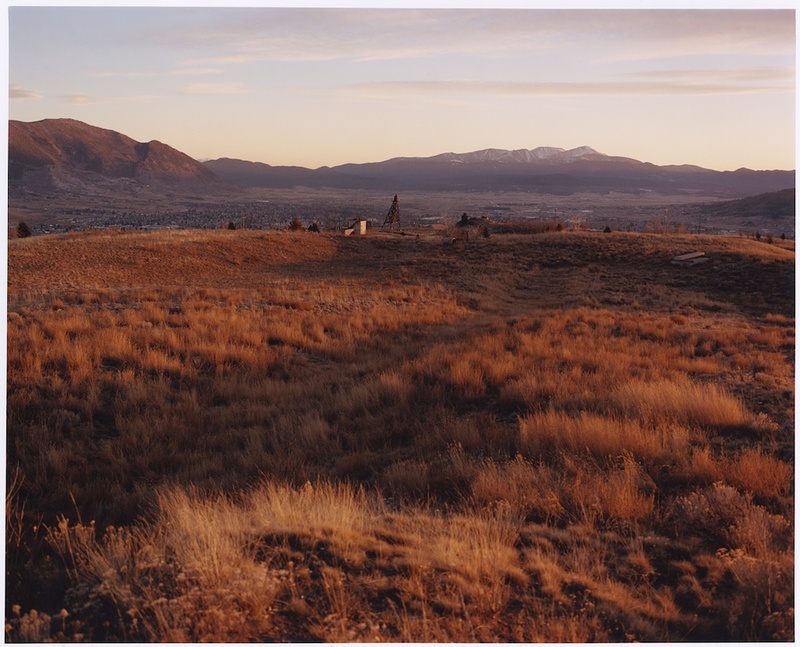
Untitled (Butte from Walkertown), 2023.
Yeah, Deadbeat Club’s tagline is literally, “There’s no money in books.”
So true. I was wondering how I could make this project work? Jeemin was like, “What if you just curated a small inventory? Make it small and focused, like how you operate in your [personal] work.” Think of something between what Baltimore Photo Space is doing, and what Aperture and British Journal of Photography are doing—pick a theme, and curate books and prints to go along with it.
One of the main goals from the beginning was how can I make photography less precious and accessible to everyone? How can I break down this barrier of going to an art bookstore and someone rolling their eyes at you, to being met with a friendly face and saying, “Oh, yeah, let me tell you about these different books.” Because there’s so few books, I could do my research on each and every one of them, and be able to give a whole narrative for every piece in the show. It’s personal.
The personal factor is the strength of this entire project. Your personal photo work, like Quicker Than Coal Ash, is like that, too.
I hope that Strata can be a good way for someone who might be trying to publish their first book, to be able to walk in and see that there are all these different formats that people have used for a range of different prices. It’s the subtleties that make a difference, like different binding and printing techniques. I’ve learned a lot, through the act of scanning every single book and discussing some of the work with the artists. My hope is that others will learn, too.
It’s often overlooked but books function as objects as well. Sometimes you just want nicely printed photos on a page with a hardcover, sometimes you want a flimsy stack of Xeroxed paper, folded and stapled together. Other times, something like The Crick [by Jim Mangan] is what you want to hold in your hands.
Yeah. There are different modes for each project. To match the materiality, to reflect the content that’s inside of it is, I think, the most important part of bookmaking.
At the opening of Western Contemporary, there were children going through expensive, rare books that I put on the table. I was sitting there, cringing, like, “Oh, my gosh, are their hands clean?” Then I was like, “You know what? This is what it’s all about. Don’t scare them. Let them look at this work.” Some of them are an edition of a hundred, and it’s like, “Well, 75 people just looked at that book that probably is sitting on a collector’s shelf.” It’s this way of getting work out there. Everyone was so engaged. I feel like sometimes you go to art galleries, and people have their back turned to the wall, drinking wine. This was the complete opposite. People were inspecting the PhotoTex prints, like, “What is this floating print on the wall? Where are all these books coming from?” It was rewarding.
I’ve been feeling really exposed and nervous for the first time, scared that people would think it’s lame or something. Now that it’s all out there, I’m like, “This isn’t lame, this is cool. This is what I had in my head and made it a reality.”
Totally. You already know that the people who are taking the time to look at the work are doing it because they want to, which is just more motivation for you to share the things that excite you.
Yeah, my goal was to keep Western Contemporary kind of vague, so that it has room to change, and evolve, and follow rabbit holes like I do in my personal work. If I ask someone, “Where should I go in Butte?” And they’re like, “Go to Pisser’s Palace,” I’m like, “Okay.” You go there and you meet someone, after having a conversation, they’re like, “You would really like so-and-so,” and they introduce you to so-and-so, and then they pass you off. I want the store to function like that too, of being like, “Oh, you like this book? You might really like this person’s work.”
Totally.
Let that rabbit hole inspire the next theme. For example, the next show I’m doing is going to be called Southern Spirit. A friend of mine said, “That could encompass everything from Christianity and things that are going on in the south that are pretty wild, and voodoo and things like that.”
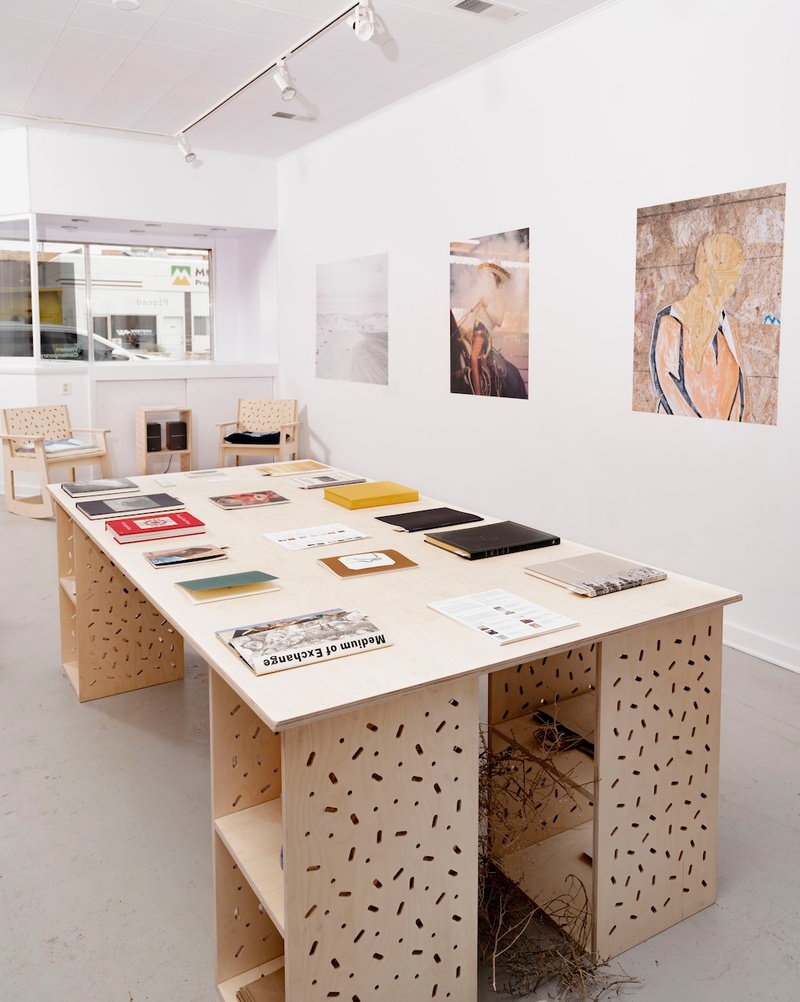
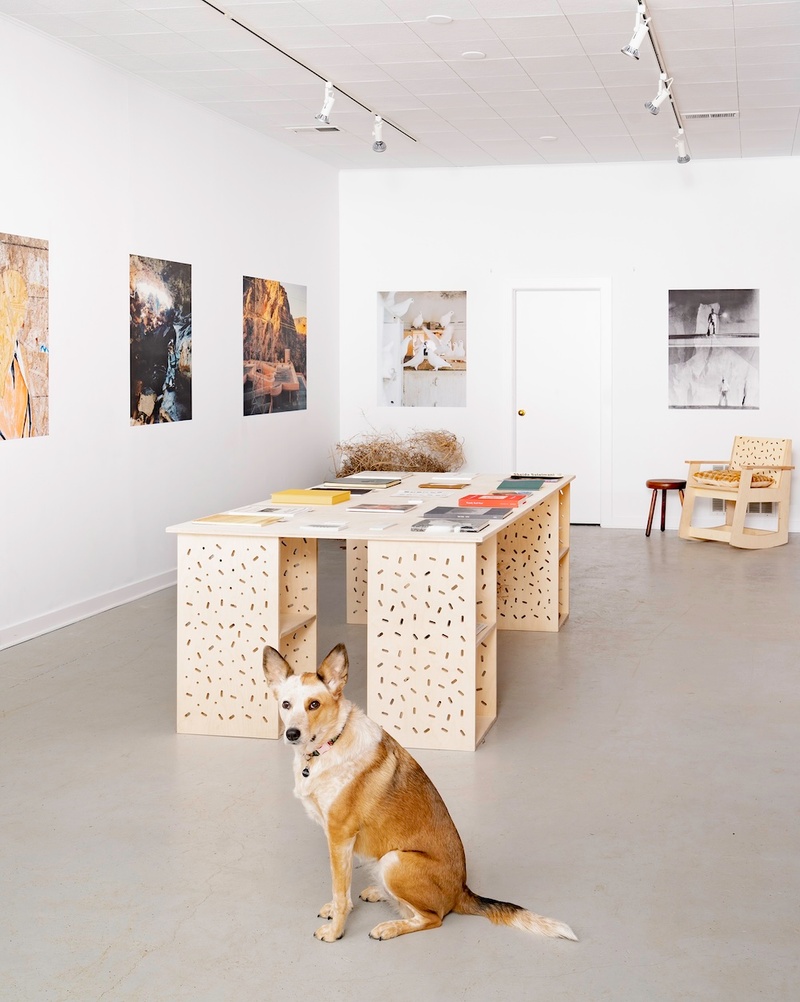
Strata Editions: Western Contemporary at Placed, Livingston, MT, 2024.
I don’t know if you’ve ever been to New Orleans but sometimes you go to those voodoo stores and they have a bucket, or a not a bucket, but a wash to put on your floor, to get rid of demons and spells, and stuff. I’m interested in finding people who have a connection with those practices to learn more from them. When we think about the stories of a place, especially here in the US, there are layers upon layers we have to consider around forceful seizure, displacement, assimilation, survival, growth, and giving of place and beings. So when we talk about the spirit, or spirits of a place: is it a haunting or a blessing? Is it a lament or a celebration? Learning what these boundaries are, through artists and people in the community, is really important for these reasons.
Right. Part of the research is learning about the boundaries.
Definitely. I thought the west would be an easy topic to approach for the first show, just because it seems so straightforward. Then someone asked me to define “the west,” and where the literal boundary is. I was like, “I don’t know.” Not in California, right? Is Colorado the West? Or is Kansas the west? I thought it was the midwest. Where are these boundaries? And even then, there’s an incredibly fucked up history in the west. How do you acknowledge that in one show?
I did my best to figure out who was willing to participate and seemed to be in line with it, and also, in the description of the show itself, acknowledge, “This is not a representation of the entire west. This is just a portion and an attempt to see how people are approaching this region through photography.”
This reminds me of something that I’ve been thinking about recently, which is, what is the responsibility of a photographer in 2024? What’s the difference between someone who is a photographer and someone who just uses a camera?
There’s this whole thing in grad school where you obsess over language and words that you’re supposed to use. One that I really love, that a lot of people use now is, instead of saying you took a photograph, saying, you made a photograph. I think that distinction is a simple and easy one, but what is the responsibility of a photographer in 2024?
In 2018, when I started working in Walnut Cove, I felt like I shouldn’t photograph my first interactions with people. I should leave my camera in the car. I really just wanted to get to know people before I photographed them. Then I tried to figure out how this documentary style of photography could actually work for the community who was battling Duke Energy?
Anyways, I saw this opening. They were going to file these formal complaints to ask Duke Energy to clean up all their shit. They had a huge 40-story deep whole pit of coal ash, and they wanted them to remove it instead of pouring concrete on top of it like Duke Energy wanted to. I made head shots at this meeting where a ton of community members were at, and reported interviews with a friend of mine. Then I transcribed the interviews and created this PDF called Faces of Walnut Cove. It was basically a headshot and their demands. My idea was, “Oh, this document can be used in courtrooms where people, when typically at work, would be able to use this document that could represent 40 voices, and they’re forced to look these people in the face and decide, ‘Are we going to do something for these people, or are we just going to continue to poison them?’”
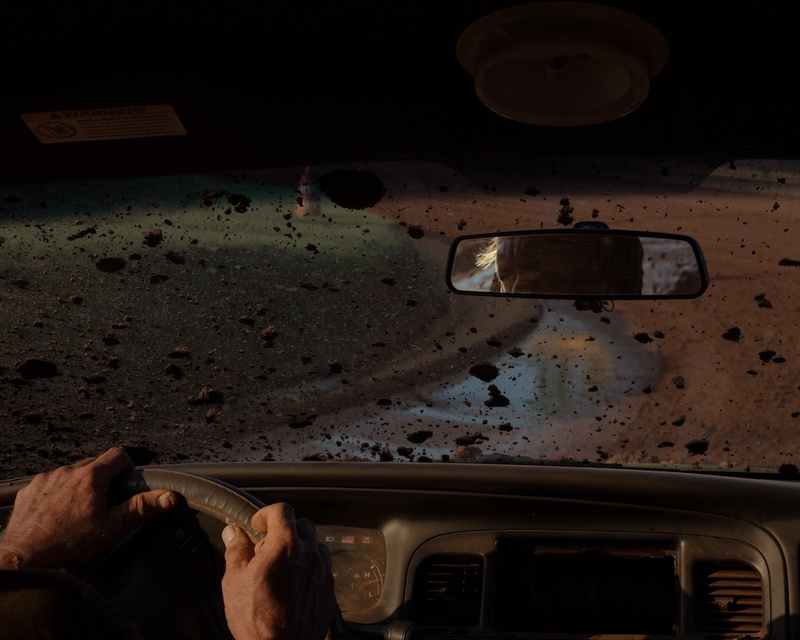
311 Speedway, 2019, from Quicker than Coal Ash, published by Gnomic Book, 2022.
I don’t know how much that document had an impact, but the community itself really had a huge win. Duke Energy was forced to clean up all the coal ash. That PDF made me feel free after meeting all these people, and talking to all these community members, to take a more fine art subjective point of view, and photograph the book that I ended up making, and make an edit that was more lyrical and less straightforward. For me at the time, that was what I felt like was the responsibility [of a photographer].
I think the thing that makes a difference between a photographer versus someone who uses a camera to photograph their friends drinking or whatever, is like, you’re trying to fit yourself into some sort of history, or you’re taking into account what photography has been since its start, and who your influences are, and thinking about how you’re going to build upon the medium. How are you going to push the medium forward? How are you going to progress what’s already been done?
Or just expand on it.
Expand is the right word, yeah. The other thing that I find really frustrating is what I noticed from teaching. You see a lot of young kids looking at Instagram for inspiration. They’re not looking at photo books, or they’re not looking at the history of photography. They’re looking at what makes people look cool and ad campaigns and celebrities.
I feel like 10 years ago, there was sort of more of this blend between…like I think of Fader Magazine. It was so cool. Jason Nocito was making these really close-up photographs with a really long lens and using all these crazy references. Or like thinking about, “Oh, who are Alec Soth’s references?” If you look at his work, you can look back at the history of photography and see that he’s studied it very well, and that’s what made the image. But instead of doing that research, or looking at the back of the record, or you know what I mean, looking at the lyrics, kids are just like, “Oh, that’s cool. I’m going to mirror that.”
Yeah, it becomes something that’s purely about aesthetics with no depth.
Then what are we doing? We’re just selling stuff. You make a body of work, and Amazon wants to co-opt your project and sell fucking shoes or whatever. I guess it’s been like that forever, but it can be frustrating.
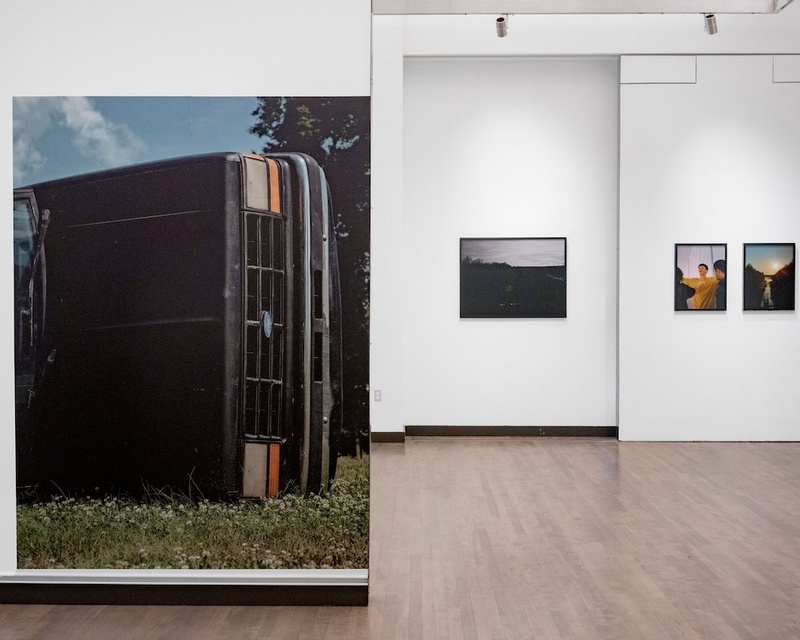
Quicker than Coal Ash exhibition at Rubenstein Arts Center at Duke University, 2020.
Something I really admire about your work is the slow pacing and the long-term investment in a project. That to me, is quietly resisting this thing we’re talking about, which is the effect that capitalism has on art. Does working slowly come naturally to you, or are you constantly reminding yourself to be patient?
I’m really impatient but I think I’ve chosen the slow way of working because you build relationships, and I like the way things unfold over time. For me, it takes a while to feel like I am starting to understand what’s beneath the surface. If you’re patient enough, the life experience that you get from getting to know people over time exposes you to more things.
I think it’s a more interesting way to work. For me, back then [in Walnut Cove], a year or two year timeline seemed like a long-term project, but now I’m looking at many more bodies of work. Two years isn’t even that long. A ten-year project… that’s a long-term project.
I’m starting to plant those seeds now, choosing to return to them as time goes on. If you’re doing that with intention and an openness to things changing and attempting to understand what’s in front of you, I don’t know, I think it’s sort of the beauty of photography. Even just as simple as a family album, getting to look at someone age or something like that, you start to see some real beauty there.
Will Warasila Recommends:
- Name
- Will Warasila
- Vocation
- photographer
Some Things
Pagination
